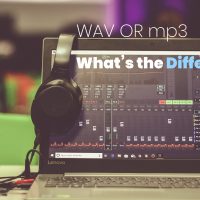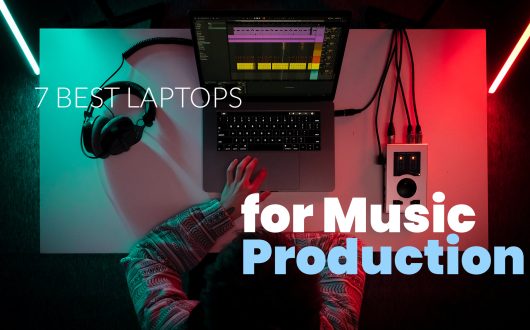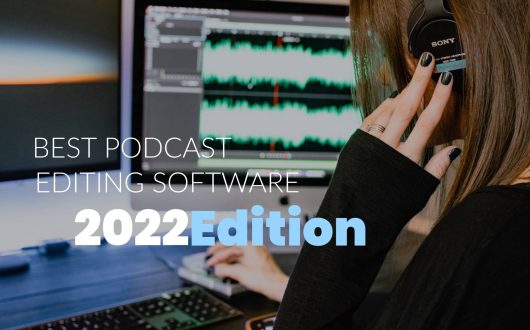
The Audio Buzz Blog
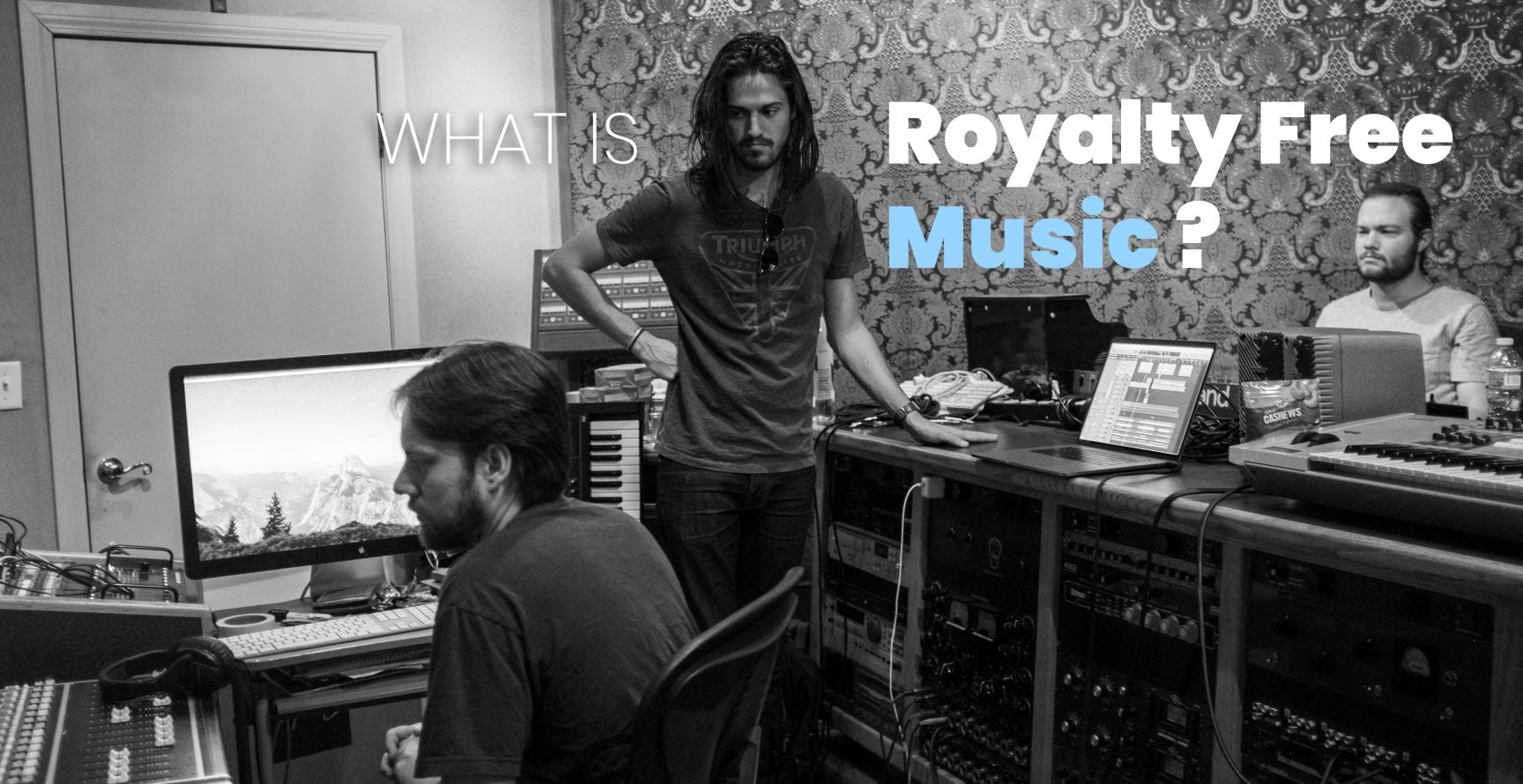
What is Royalty Free Music?
If you’re in the creative industry, then you’ve probably had to deal with some type of royalties. Today, the emphasis is on “royalty-free music” – a phrase you’ve had to come across if you know even the least bit about creating music.
Still, many of you are not entirely familiar with this term and its exact meaning.
That’s why we’ve made it our mission to walk you through this type of music, what it means to artists, and is it really free like the name says.
Scroll down for answers.
Royalties in the Music Industry

Photo by Marcela Laskovski on Unsplash
Since royalties are associated with different spheres of business – not just music – let’s quickly clarify the one that matters to us, creators. The best way would be to pose the following question:
What are music royalties, and why are they important for media projects?
In a few words, music royalties stand for compensatory benefits that are received by songwriters, compositors, recording artists, etc.
Amazing, right? Making money from making music.
These benefits are paid by the institutions that use these tracks for various media projects – radio stations, TV channels, podcasts, videos, films, commercial ads, etc.
Within the scope of royalty music, a few more types of royalties may be important to you.
Let’s throw them in, as well:
- Mechanical royalties are royalties that are paid to a songwriter whenever someone makes a copy of their music tracks. That involves CDs, vinyl, digital downloads, and the like.
- Performance royalties are royalties paid by the PRO (Performance Rights Organizations) to songwriters after broadcasting and sharing their music. Examples of this include background music in restaurants, nightclubs, stores, etc.
- Synchronization royalties are royalties that help musicians generate income when their song gets played in TV shows, ads, or movies.
- Print music royalties are the least familiar. They are owed for printed reproduction and copyrighted music.
Royalty-Free Music – Addressing The Most Common Misconceptions
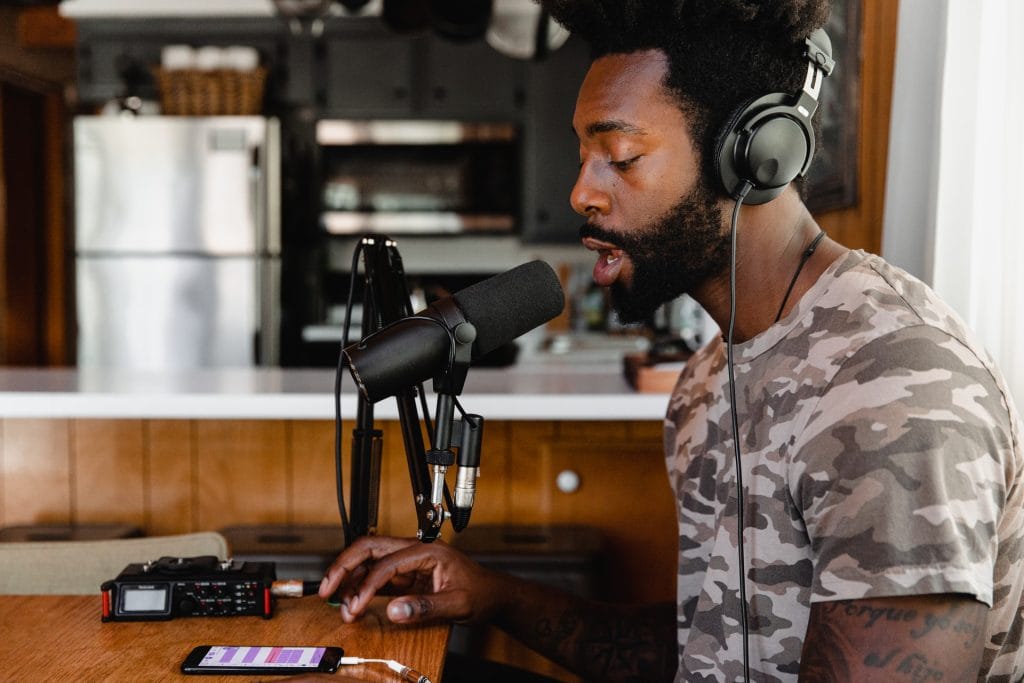
Photo by Soundtrap on Unsplash
We’ve managed to touch on the surface of royalty-free music – but there’s another phrase that turned up and caught our attention. We’re referring to copyright music here.
To keep you on the right track, here are some important guidelines when it comes to these two types of music – and the possible reasons why people mix them up.
Royalty-Free & Copyright Free – Not The Same
First and foremost, royalty and copyright-free are NOT the same.
In its literal sense, “copyright free” means that the music is free of copyright and that the creators have unlimited access to it. Still, the colloquialism of this term is often misused.
If you go to Google and search for “Copyright Music” on YouTube, you’ll find that most tracks are not actually copyright free:
They either require attribution, or their use is limited to this platform.
On the other hand, “royalty-free” implies that the music you bought and have access to is free from royalties, i.e. ongoing payments.
That just means that you’re free from paying for it each month. You can own a quality track and pay just once for it.
The “Free” In Royalty-Free Music – Not Free
Quite frankly, royalty-free songs aren’t free, as many of us hoped.
How so?
The company, writer, producer, singer – or anyone else that made the song – has to benefit from it and earn money. Hence, royalties are assigned to that track.
If you want to use it, you have to have a license and have to pay for all the music you intend to use in your projects.
100% Free Copyright Music Is Hard To Find
Despite the fact that it exists, 100% free copyright music is pretty rare to find.
If this is your project, you’ll have to put in all your research skills into finding it.
There are a few universal tracks that are completely free, but it’s not easy getting to them, we can tell you that much.
Royalty-Free & Stock Music Have Different Rights
As we explore this issue, let’s bring up another common misconception – mixing stock music with royalty-free music.
What’s the difference here?
In the simplest terms, stock music is unique in the sense that the rights for this music belong exclusively to a company – a library. What this company (library) does is it purchases music from independent artists, or employs musicians and assigns projects.
Using Royalty Free Music on YouTube Is Approved
It’s a “Yes” from YouTube.
YouTubers can use royalty-free music for their videos – but there’s more to this.
You should know that this platform carefully monitors the use of music and videos posted, and those that violate the policy end up having their work taken down. So, to use your royalty-free music on YouTube, you must first obtain a license for it.
Once you’ve decided on your license, you should check with the library representatives to make sure that you can use this music for commercial purposes in your video, provided that that’s your goal.
Royalty-Free Music Has Many Genres
It’s true, this type of music is not limited to one genre.
The depth of this music goes beyond your typical playlist. You’re met with thousands of different tracks featuring blues, country folk, jazz, metal, radio, and many more.
Royalty-free music includes everything, and it’s equipped with filters that can help you get started on your project.
Royalty-Free As Background Music?
Especially with YouTubers, music that’s played the background has a huge influence on your content. Choosing tracks that align perfectly with your audience is KEY.
Luckily, there is free background music and you can look it up online. There is not just one site, but more than 50 of them that allow artists to load and use it for your videos.
You just have to download it.
Royalty-Free Music Licenses – Vary By Company
It’s safe to say that not all royalty-free music companies go by the same principles.
Nowadays, the internet world is swarming with such companies, so it’s important for you to assess their quality first, and go over the terms and conditions before you sign up for anything.
Creative Commons License
Basically, this is a license that allows creators to use a portion of “some rights reserved” music, images, photos as well as any other content online – all free of charge.
Musicians use this license so that others can legally share their songs.
As long as the songs respect the terms and conditions, you can use them to your whim.
Public Domain Music
Music that belongs to the public domain is any song that is NOT protected by copyrights.
This music can be copied, shared, distributed, and adapted to your own preferences. However, there are some grey areas to this.
For instance, while a specific composition belongs to be public domain, the masters’ copy of that recording might require a license.
Is Royalty Free Music HQ?

Photo by Alphacolor on Unsplash
Coming from a place of prejudice, people often assume that just because there is “free” in royalty music, it is automatically of poorer quality.
On the contrary, this has nothing to do with the quality of the music. In the case of royalty-free music, it is made to fit a specific purpose: be it streamed in the background of your music video or serving the purpose as an intro in a movie or a podcast.
Why Make Royalty-Free Music?
Although the quality of your work is highly valued by countless listeners, musicians still need to find a way to cash their effort and make up for the duration they put into their work.
That’s why artists are now using this music as some sort of a business card that helps them generate income.
Basically, this allows them to manage their rights and decide on the price for their creativity.
Summing Up
To sum up, here’s what you should take from this brief introduction to royalty-free music.
Sharing music is not just about others seeing your work, but also receiving credits for it.
First and foremost, this type of music isn’t free. The “free” in royalty-free means that you are relieved from ongoing payments once you purchase it. Also, this music isn’t limited to just one genre. Different genres are available by using filters This music is unique, made to fit a specific purpose, and it can be applied to various commercial purposes.
If you’re an artist who enjoys making music and would like to continue exploring this topic, we’ve got just the thing for you.
We’re here to help you be a pro at inserting killer tracks in your short films, videos, and next-month projects.
Make sure to check out our HQ royalty-free library, a virtual treasury with thousands of works from world-class composers.
